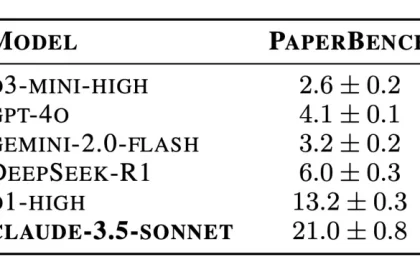Pennsylvania State University researchers have developed a new electronic language equipped with artificial intelligence that can identify food spoilage and contamination within minutes.
This new technology, combining graphene sensors and artificial neural networks, can detect the quality and authenticity of food with high accuracy and provide an effective solution to combat food fraud.
Electronic language equipped with artificial intelligence, a revolution in food safety
A paper related to this achievement, published in the journal Nature, shows that the electronic tongue can effectively identify subtle differences between similar liquids. This system works similar to the way humans taste.
While the human tongue uses taste receptors to send signals to the corresponding part of the brain, this electronic tongue uses its sensors to send electrical signals to an artificial neural network that analyzes the data.
This technology can be effective in detecting food corruption and fraud in a short period of time, including identifying diluted milk, different types of coffee, and even tracking the freshness of juices throughout the days. In an interesting experiment, this electronic language managed to identify with more than 97% accuracy the differences between different types of drinks such as regular Coca-Cola, Diet Coke, Pepsi and Coca-Cola without caffeine.
This system, which is based on graphene, can detect harmful chemicals such as perfluorohexanoic acid (which is used in industry to produce various materials and can contaminate food and water) at a level equivalent to detecting a single drop of this substance in a swimming pool. recognize the Olympics. This feature makes it a powerful tool to prevent the entry of contaminated materials into the food chain.
In addition to food applications, this technology can be used in various fields, including disease diagnosis in medicine and chemical analysis in other industries. Researchers believe that this electronic language can be the foundation of a revolution in access to accurate and affordable chemical tests.
This electronic language, which uses asymmetric sensors, unlike previous technologies that required precise and identical sensors, can adapt to small differences between sensors, thereby reducing the cost of its production for large-scale use.
This research represents a big step towards the use of artificial intelligence to improve food safety and transparency in the supply of ingredients.
RCO NEWS















